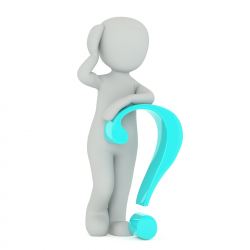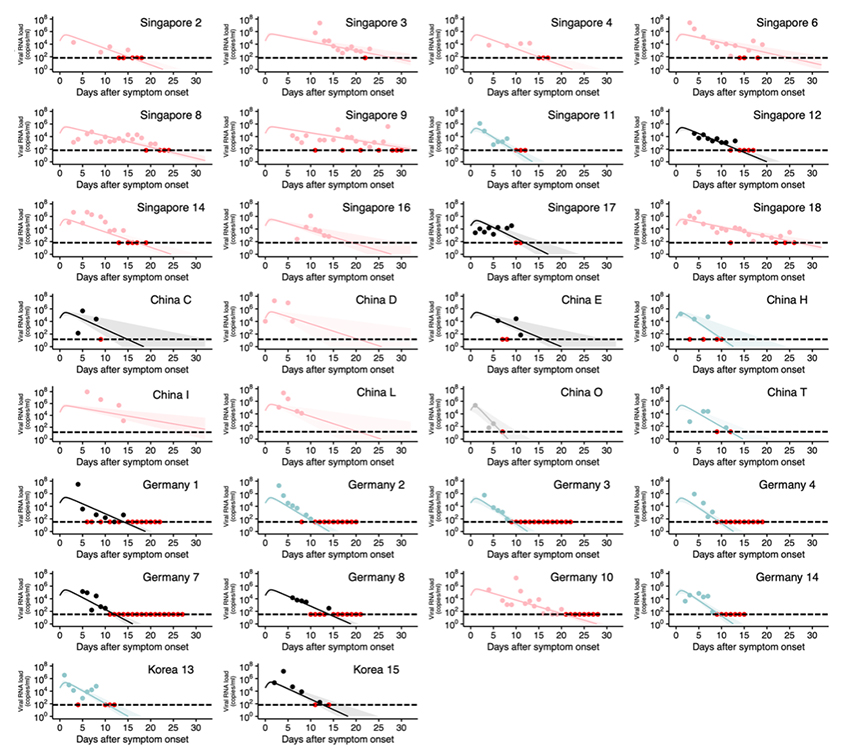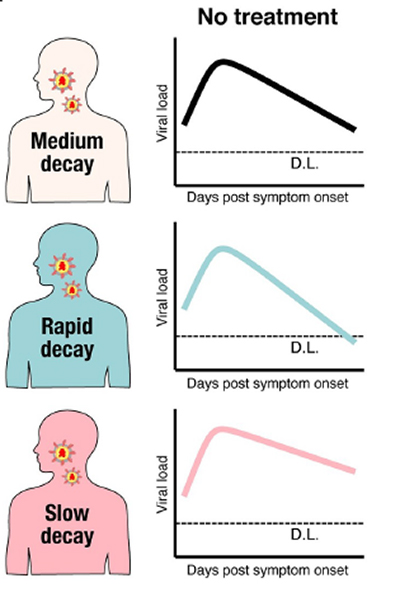-
IP addresses are NOT logged in this forum so there's no point asking. Please note that this forum is full of homophobes, racists, lunatics, schizophrenics & absolute nut jobs with a smattering of geniuses, Chinese chauvinists, Moderate Muslims and last but not least a couple of "know-it-alls" constantly sprouting their dubious wisdom. If you believe that content generated by unsavory characters might cause you offense PLEASE LEAVE NOW! Sammyboy Admin and Staff are not responsible for your hurt feelings should you choose to read any of the content here. The OTHER forum is HERE so please stop asking.
You are using an out of date browser. It may not display this or other websites correctly.
You should upgrade or use an alternative browser.
You should upgrade or use an alternative browser.
I hereby declare that I am the one who deleted ginfreely's posts because I was hurt that she keeps rejecting my advances
- Thread starter Leongsam
- Start date
- Joined
- Jan 5, 2010
- Messages
- 12,289
- Points
- 113
Take your ivermectin and go masturbate. LOL!
- Joined
- Jul 10, 2008
- Messages
- 66,332
- Points
- 113
Take your ivermectin and go masturbate. LOL!
Could We Be Wrong About Ivermectin And COVID-19?
Related articles
Counting COVID-19: How Many Virions Does it Take?
I'm Ivermectin Hesitant
Airborne Transmission of COVID-19
Coronavirus, as an Air Pollutant
COVID-19, Viral Load and Shedding: An Update
 By Chuck Dinerstein, MD, MBA — July 7, 2021
By Chuck Dinerstein, MD, MBA — July 7, 2021OK, the headline is a bit like clickbait, I do not believe Ivermectin is useful, but I could be wrong. (Did I just say that?) A new study demonstrates how a rush to publish, (and possibly treat) may have resulted in poorly designed studies where a quiet signal is lost in an abundance of noise.

Image by Peggy und Marco Lachmann-Anke from Pixabay
While effective vaccines are an incredibly important part of the COVID-19 solution, none are completely effective, and so we do need anti-virals to reduce the severity of those who become infected. There have been many candidates that have come and gone, most recently Ivermectin as we have written. A new study published in PLOS Medicine looks at the design of these studies and suggests that in the urgency to treat, we did not craft well-designed studies to demonstrate efficacy.
The researchers used a computer model of COVID-19 in which varying viral loads in a population would result in differing rates of infectivity – it is a reasonable approximation of real-world COVID-19 experience. They manipulated the viral loads within their “population,” its heterogeneity, and the time that an anti-viral was given – at the first sign of symptoms or perhaps a few days later when you were sufficiently ill to seek medical attention.“An antiviral drug would be useful in limiting the severity of disease in people who are not vaccinated or contract a variant not covered by a particular vaccine.” Josh Bloom, Ph.D
The model made use of real data on the changing viral load in 30 patients assessed with PCR daily. Viral loads were “quantified” based on calculating the number of cycles necessary for amplification before the PCR test became positive (fewer cycles, higher loads). The emphasis on viral load was because of the underlying assumption that viral load equates to disease severity. By the way, this is some of the first data I have seen on those dynamics.

As the graphic demonstrates, the viral load increases quite quickly and then “decays” over time. A statistical analysis of the data showed that the viral load’s trajectory, the shape of those curves, were only minimally impacted by the rise. The greatest variation in viral load was in the decay phase, as our immune system neutralized COVID-19. That used that analysis to describe three groups within the population-based upon decay rates of the viral load.
The model found that
- Use of an anti-viral after the viral peak was reached, even one 99% effective in inhibiting viral replication, had no impact upon the trajectory – there were diminishing virions to inhibit, too late.

- An anti-viral with 50% inhibitory efficacy had no effect because it left too many virions able to multiple – too little and too late.
- An efficacious response to anti-virals was only found when given within 12 hours of the onset of symptoms; waiting 5 days could not alter COVID-19’s trajectory – once again, too late.
The graphic below this paragraph sums the model’s results. An anti-viral will reduce viral shedding, taken as the measure of disease severity, only if given very early, within 12 hours of initial symptoms, with maybe an outer limit of 48 hours. While the analogy is not perfectly matched, it is the same time course we expect with Tami-Flu, given early is reduces the time course of the flu.

The actual numbers are not important in moving forward. To either promote the use or drive a stake into the heart of the Ivermectins of the world, we need a well-designed study. The work done in the heat and urgency of the COVID-19 moment will not give us any useful answers no matter how we cast about. Science is self-correcting. We can put the use of the anti-virals to a better test if we take a few moments to design better studies. Is it time for an RCT for Ivermectin?
Source Detection of significant antiviral drug effects on COVID-19 with reasonable sample sizes in randomized controlled trials: A modeling study combined with clinical data PLOS Medicine DOI: 10.1371/journal.pmed.1003660
- Joined
- Jan 5, 2010
- Messages
- 12,289
- Points
- 113
Laugh out loud and wiping my cum off my seat
- Joined
- Jul 10, 2008
- Messages
- 66,332
- Points
- 113
Laugh out loud and wiping my cum off my seat
Does Gin come under the "can eat don't waste" category?
- Joined
- Jun 17, 2020
- Messages
- 15,617
- Points
- 113
When u start with a sentence like this, I dun think I need to read it further. Bye.While effective vaccines are an incredibly important part of the COVID-19 solution
Last edited:
- Joined
- Jan 5, 2010
- Messages
- 12,289
- Points
- 113
Does Gin come under the "can eat don't waste" category?
You're the one in love. You tell us
- Joined
- Jul 10, 2008
- Messages
- 66,332
- Points
- 113
You're the one in love. You tell us
I need a tasting session before I can give the answer.
- Joined
- Nov 9, 2010
- Messages
- 80,748
- Points
- 113
Pui you double standard hypocrite criminal bastard son of hooker helping terrorists. Go have sex with your filthy hooker mother wife daughters phua cbPlease forgive me Gin. It's because I care for you that you have the ability to hurt me when you say nasty things to me.
Can we have make up sex tonight?
- Joined
- Mar 31, 2020
- Messages
- 9,153
- Points
- 113
apologise to @nayr69sg for your wrong and revengeful accusation that he deleted yr spam postsPui you double standard hypocrite criminal bastard son of hooker helping terrorists. Go have sex with your filthy hooker mother wife daughters phua cb
otherwise u will forever be a dishonorable liar in everyone's eyes
- Joined
- Nov 9, 2010
- Messages
- 80,748
- Points
- 113
Why should I when some bastard did delete my posts and I am entitled to question who and said clearly I SUSPECT it’s @nayr69sg because of his sneaky manipulative history deleting @jw5 posts.apologise to @nayr69sg for your wrong and revengeful accusation that he deleted yr spam posts
otherwise u will forever be a dishonorable liar in everyone's eyes
- Joined
- Nov 9, 2010
- Messages
- 80,748
- Points
- 113
You cantonese scammer prostitute descendant repeating lies when there is no Angmoh and no Suck cock at all. LJ Mccully is Singaporean and not Angmoh and you can go ask him did I ever suck his cock. Shame on you terrorist shameless liar son of hooker. Pui!KNN @ginfreely will say KNN you want me to leepeat the same mistake of sucking my sfc amdk cock and got kickoutKNN
- Joined
- Nov 9, 2010
- Messages
- 80,748
- Points
- 113
And you son of hooker should apologize to me for supporting terrorist @Cottonmouth spam of me a virgin as slut hooker while condemning my spam.apologise to @nayr69sg for your wrong and revengeful accusation that he deleted yr spam posts
otherwise u will forever be a dishonorable liar in everyone's eyes
- Joined
- Mar 31, 2020
- Messages
- 9,153
- Points
- 113
simply dishonorable
deplorable conduct indeed
whatever integrity u have goes into the gutter
including yr claim on virginity
probably a lie as well

- Joined
- Nov 9, 2010
- Messages
- 80,748
- Points
- 113
Only you and them sons of hookers‘ mothers wives daughters come under that category.Does Gin come under the "can eat don't waste" category?
- Joined
- Nov 9, 2010
- Messages
- 80,748
- Points
- 113
Nope clearly you are the dishonorable son of hooker supporting terrorist and targeting the victim of terrorist. Now you are the one accusing me based on nothing. Well no need probably just swear if I am a virgin then you be burnt to death.simply dishonorable
deplorable conduct indeed
whatever integrity u have goes into the gutter
including yr claim on virginity
probably a lie as well

- Joined
- Nov 9, 2010
- Messages
- 80,748
- Points
- 113
SHUT THE FUCK UP You SON OF HOOKER SERIAL LIAR DECEPTIVE DISHONORABLE DISHONEST LOSER TERRORIST GUTLESS SELF ADMIT CANTONESE @Cottonmouth aka @glockman self admitted JEREMY QUEK ASIAN TURTLE SON OF WHORE OR HIS SUPPORTER hiding in rat hole act garang scam my family good name DARE NOT SWEAR IF I AM A VIRGIN YOU BE BURNT TO DEATH Knnbccb. Go to my facebook to scam my GOOD name to churn evil filthy lies of me a virgin as a fake virgin and dirty toilet bowl cheap cock sucker slut whore mistress and a dirty whore with millions of Indian customers and gula Melaka nipples and chow hai eat cock drink sperm and black labia and insult me pig and to harass me with porn photos AND TO ISSUE VIOLENT THREATS to win ok you dirty coward criminal?
Similar threads
- Replies
- 8
- Views
- 660
- Replies
- 25
- Views
- 1K
- Replies
- 69
- Views
- 3K
- Replies
- 0
- Views
- 206



